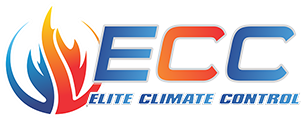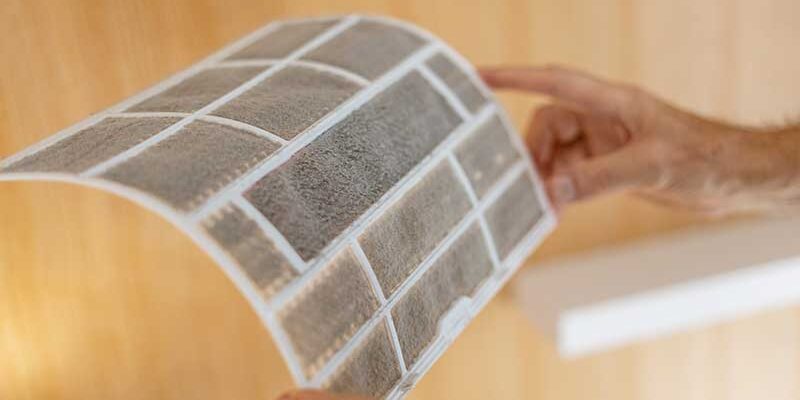In an era when public health has risen to the forefront of global concern, the quality of the air we breathe indoors has never been more scrutinized. Given that most people spend their time indoors, it is critical to preserve the cleanliness and safety of our air supply. Air purification technologies, which range from tried-and-true techniques to cutting-edge breakthroughs, provide a ray of hope for healthier living conditions. This blog digs into the most important air purification technologies available today, such as HEPA filters, UV light purification, and ionization processes, and explains how they can be smoothly integrated into existing HVAC systems to improve indoor air quality.
HEPA Filters: The Gold Standard in Particle Removal
HEPA filters are the top choice for air filtration due to their high efficiency in removing particles. HEPA filters excel in capturing airborne pollutants such as dust, pollen, mold spores, and germs, as they can catch 99.97% of particles with a diameter of 0.3 microns. Their effectiveness in eliminating particulate matter makes them an essential component in environments requiring high air purity, ranging from hospitals to residences.
The incorporation of HEPA filters into existing HVAC systems necessitates careful consideration of airflow and system compatibility. Regular maintenance and filter change are critical for ensuring efficacy and energy efficiency. HEPA filters’ increased resistance to airflow needs a review by HVAC professionals to verify systems can handle the load without sacrificing efficiency.
UV Light Purification: A Ray of Sterilization
UV light purification uses UV-C light to inactivate airborne diseases such as viruses, bacteria, and mold. UV light inhibits the replication and disease-causing ability of these microbes by destroying their DNA or RNA. This technology, which is commonly utilized in medical settings, is gaining popularity in residential and commercial HVAC systems due to its ability to filter air without adding chemicals or other pollutants.
UV light purification in HVAC systems requires putting UV lamps in strategic locations, such as ducting or near coils, where microbial development is likely. Safety precautions, such as preventing direct UV exposure, are critical, necessitating professional installation and maintenance.
Ionization Techniques: Charging Toward Cleaner Air
Air ionization systems, like bipolar ionization, operate by releasing charged ions into the atmosphere. These ions connect to airborne particles, either making them bigger and easier to catch by HVAC filters or causing them to settle out of the air. Ionization can also neutralize germs, which slows the spread of infectious diseases.
Ionization technologies are versatile and can be easily integrated into current HVAC systems, providing a supplementary method to mechanical filtering. Ionization, which reduces airborne particles and pathogens, can improve overall indoor air quality and comfort.
Integrating Technologies to Improve Air Quality
The integration of air filtration technology with HVAC systems provides a comprehensive solution for enhancing indoor air quality. Each technique has advantages, and their combined use can address a wide range of air quality issues. For example, combining HEPA filtration with UV light purification and ionization can improve particle removal, pathogen neutralization, and overall air quality.
Consultation with HVAC professionals is essential for developing an air purification approach that is consistent with specific indoor air quality objectives. Building size, occupancy, and existing HVAC infrastructure all influence technology selection and integration.
As people become more conscious of the importance of indoor air quality, air purification technologies are at the forefront of creating safer, healthier surroundings. Whether through mechanical filtration, light-based sterilizing, or ionization, these technologies provide effective instruments in the fight against indoor air pollution. By incorporating these systems into existing HVAC infrastructure, we can rest assured that the air in our homes and workplaces is cleaner and safer for everyone.
The path to cleaner air represents an investment in our health and well-being. As technology progresses, the future of indoor air quality appears bright, with new solutions coming to meet the challenge of keeping our air clean. Embracing these technologies is a huge step toward a healthier, more sustainable planet.




